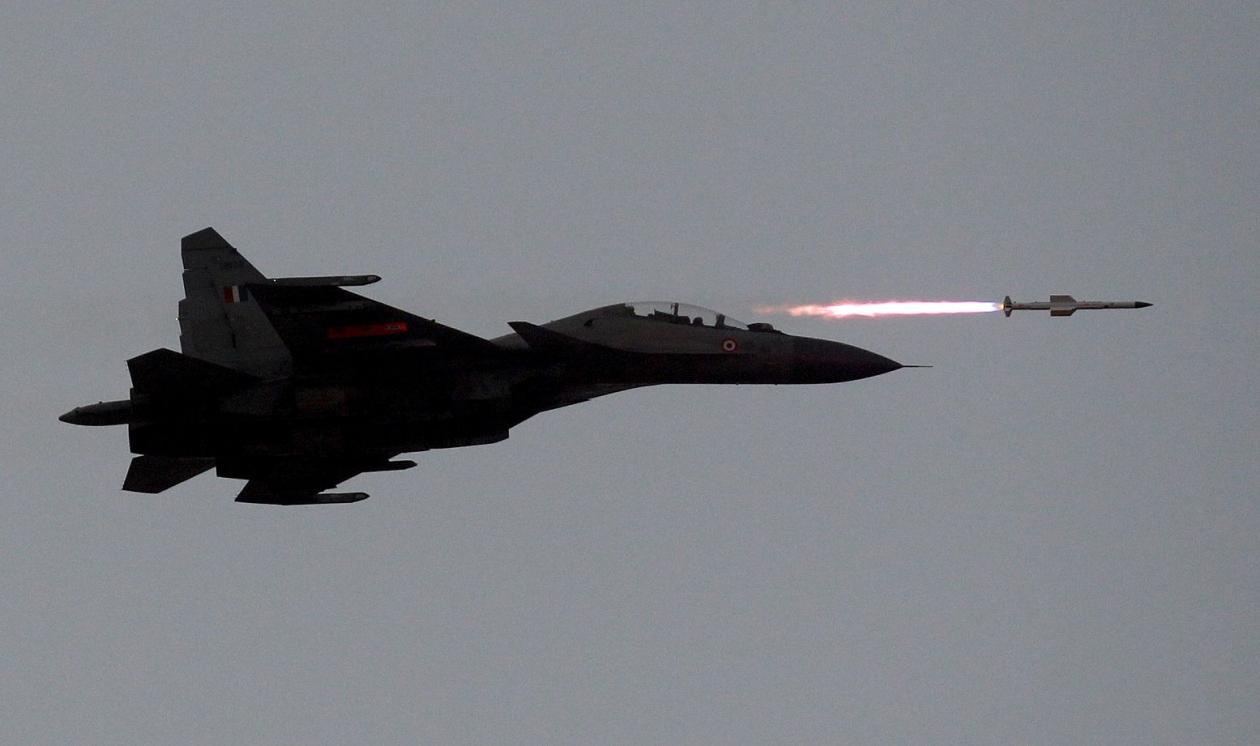
DRDO chief hails BrahMos role in Op Sindoor, says it was primary weapon
Samir Kamat, who was speaking at an event in Pune, called the military operation a message to the world about India's homegrown defence capability

The chairman of Defence Research and Development Organisation (DRDO) on Saturday (August 9) made a particular mention of the BrahMos missile while speaking highly of India’s Operation Sindoor against Pakistan in early May following the massacre of 26 civilians in Pahalgam, Kashmir.
Samir Kamat, who was speaking at the 14th convocation of the Defence Institute of Advanced Technology (DIAT) in Pune, called the military operation a “declaration” of India’s capacity to defend itself through self-reliance, strategic foresight, and homegrown technological power.
Post the success of Operation Sindoor, I expect these exports to double in the next two to three years. We should achieve Rs 50,000 crore by 2029, the target set for us by the defence minister
Later, while interacting with reporters, the DRDO chief praised BrahMos, saying the supersonic cruise missile, which was used from Sukhoi Su-30MKI fighter jets, was the primary offensive weapon used during the brief air fight with the Pakistani forces.
Also read: Pakistan denies aircraft losses after IAF claims major kills in Operation Sindoor
India successfully deployed the missile and other precision weapons on May 9-10 night, targeting key airbases in Pakistan to leave its military infrastructure severely damaged.
India's all-inclusive system at play
The systems that India deployed during the operation included, besides BrahMos, Akash surface-to-air missiles, medium-range surface-to-air missiles, the D4 anti-drone system, the AWNC airborne early warning and control system, and the Akashteer system, all grown by the country’s own defence research and development establishment.
Institutions such as the DIAT made a crucial contribution to these developments, he added.
According to the DRDO website, the BrahMos long-range missile system can be launched from land, sea and air. Developed jointly by DRDO and Russia’s NPOM, the system can be used for anti-ship and land-attack roles and is operational with both the Indian Army and Navy.
Also read: Brahmos was instrumental in Operation Sindoor, says Rajnath
Kamat praises India's war technology
Saying the highly coordinated and multi-dimensional operation that India conducted along its western borders during Operation Sindoor not only spoke about its soldiers’ courage but also the technological backbone that lent them support, Kamat said he expected India’s defence exports to double in the next few years after the operation’s success.
"Operation Sindoor was more than a mission. It was a declaration of India's ability to stand tall through self-reliance, strategic foresight, and indigenous technological strength. It was a statement to the world that India has the capability to protect its borders through homegrown technology,” he said.
Kamat’s words came hours after Air Chief Marshal Amar Preet Singh said the Indian Air Force downed five Pakistani fighter planes and a large aircraft during Operation Sindoor, calling it the largest ever-recorded surface-to-air kill by India.
Defensive weapon systems as potent
“When it comes to defensive weapon systems, the Akash system, the D4 anti-drone system, and the Medium Range Surface-to-Air Missile (MRSAM) were used. All the sensors we deployed were networked with Akashteer, an AI-based system, which helped identify threats and then deploy the right kind of weapon to neutralise them,” he said.
Also read: Ask Pakistanis about strength of BrahMos missile: Adityanath
When asked about the increase in defence exports post Operation Sindoor, the official said India achieved about Rs 23,000 crore in exports in the sector in 2024.
“Post the success of Operation Sindoor, I expect these exports to double in the next two to three years. We should achieve Rs 50,000 crore by 2029, which is the target set for us by the defence minister. There is a lot of interest in Pinaka, ATAGS, BrahMos, and Akash. I am sure that in the coming years, defence exports will increase manifold,” he said.
Countries from Southeast Asia, the Middle East, and Africa are importing arms from India, he added.
Also read: Did India use BrahMos on Pakistan? Here's what we know
BrahMos Next Generation
On the BrahMos-NG (Next Generation), the DRDO chairman remarked that it is a smaller version of BrahMos that can be fitted on multiple platforms.
“Currently, BrahMos can be fitted only on the Sukhoi platform, but if we make it smaller, it can fit on other platforms as well. We are planning to start the development of BrahMos-NG soon,” he said.
During the convocation ceremony, degrees were awarded to 298 students including 206 MTech students, 68 MSc and 24 PhD students from various disciplines. Eighteen gold medalists were also felicitated.
(With agency inputs)

